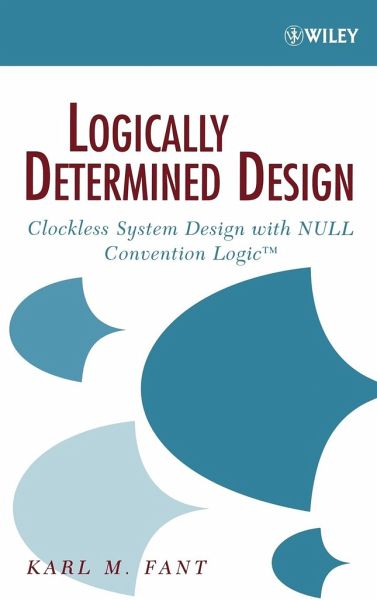
Logically Determined Design
Clockless System Design with Null Convention Logic

PAYBACK Punkte
81 °P sammeln!
This seminal book presents a new logically determined design methodology for designing clockless circuit systems. The book presents the foundations, architectures and methodologies to implement such systems. Based on logical relationships, it concentrates on digital circuit system complexity and productivity to allow for more reliable, faster and cheaper products._ Transcends shortcomings of Boolean logic._ Presents theoritical foundations, architecture and analysis of clockless (asynchronous) circuit design._ Contains examples and exercises making it ideal for those studying the area.
This seminal book presents a new logically determined design methodology for designing clockless circuit systems. The book presents the foundations, architectures and methodologies to implement such systems. Based on logical relationships, it concentrates on digital circuit system complexity and productivity to allow for more reliable, faster and cheaper products.
_ Transcends shortcomings of Boolean logic.
_ Presents theoritical foundations, architecture and analysis of clockless (asynchronous) circuit design.
_ Contains examples and exercises making it ideal for those studying the area.
_ Transcends shortcomings of Boolean logic.
_ Presents theoritical foundations, architecture and analysis of clockless (asynchronous) circuit design.
_ Contains examples and exercises making it ideal for those studying the area.




